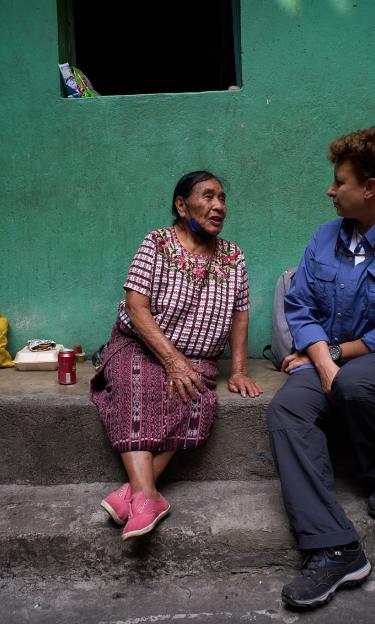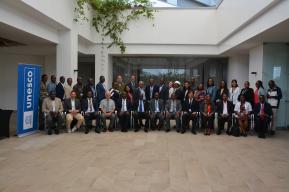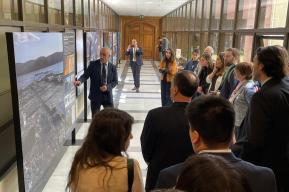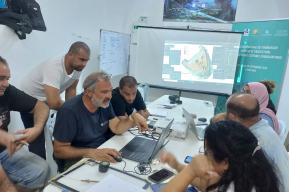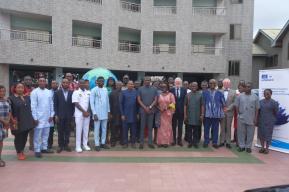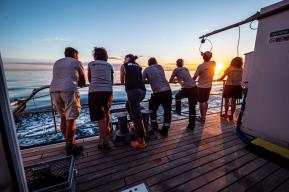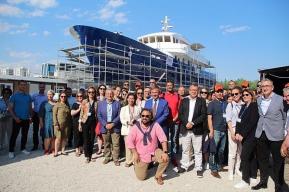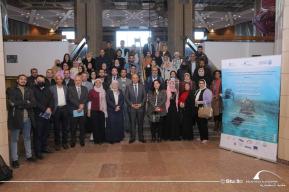Article
UNESCO experts work with indigenous community to research underwater cultural heritage in Lake Atitlán, Guatemala
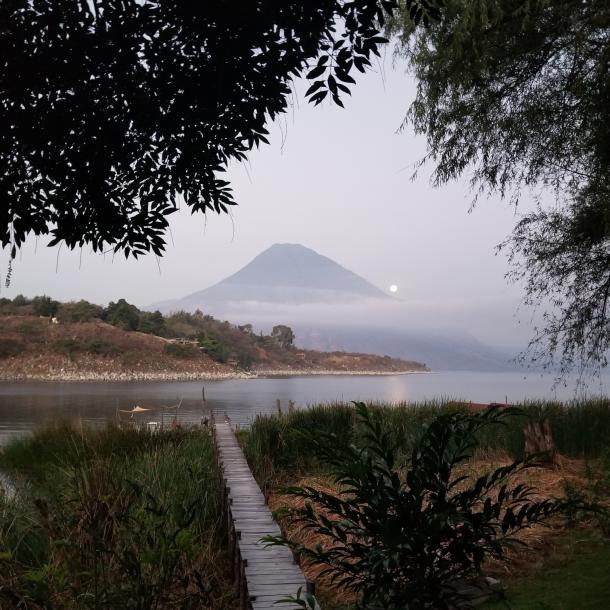

In Lake Atitlán, Guatemala, the waters that have risen over the centuries have submerged several historic sites, which now face threats including uncontrolled diving and pillage. The local indigenous population, the Tz'utujil Maya of Santiago de Atitlán, has called for research and better protection of their heritage as a result.
Experts from UNESCO’s Scientific and Technical Advisory Body (STAB) have undertaken a unique mission from 20 March to 4 April 2022 to assist the Guatemaltecan authorities and the indigenous community to research, inventory and evaluate these sites and help to ensure their appropriate management and valorization.
The experts brought diverse specialization and experience to the project, such as underwater archaeology, conservation and documentation. They conducted dives and also trained local authorities to inventory, research and virtualize the sites.
There is not just one site hidden under the surface of Lake Atitlán, but several. It is our duty as scientists to research with accuracy and best ethical practices what these sites can tell us about the history of human population at the Lake. That is what the UNESCO mission is there for
Along with Helena Barba Meinecke (Mexico) and accompanied by the Vice-President of the STAB, Dolores Elkin (Argentina), the mission also counted on Christophe Delaere, underwater archaeologist from Belgium, Teddy Seguin and Filipe Cerezo - photographers, as well as the archaeologists Lionel Ziesse, Maria Mercedes Acevedo, Miguel Medina, Jose Luis Ranchos from the Ministry of Culture of Guatemala.
The mission uncovered, on the bed of the lake, very interesting prehispanic steles and structures. As follow up to the mission it is now intended to make the materials and research results available to Guatemalan authorities and museums as well as to the indigenous population.
The mission took place within the framework of the UNESCO 2001 Convention for the Protection of the Underwater Cultural Heritage. As Guatemala is a State Party to the UNESCO 2001 Convention since 2015, it was able to appeal to its Advisory Body for assistance. The mission was closely planned with and accompanied by the indigenous population and organized in consultation with its ancestral authority, making this a model for future projects in the country and the region.



